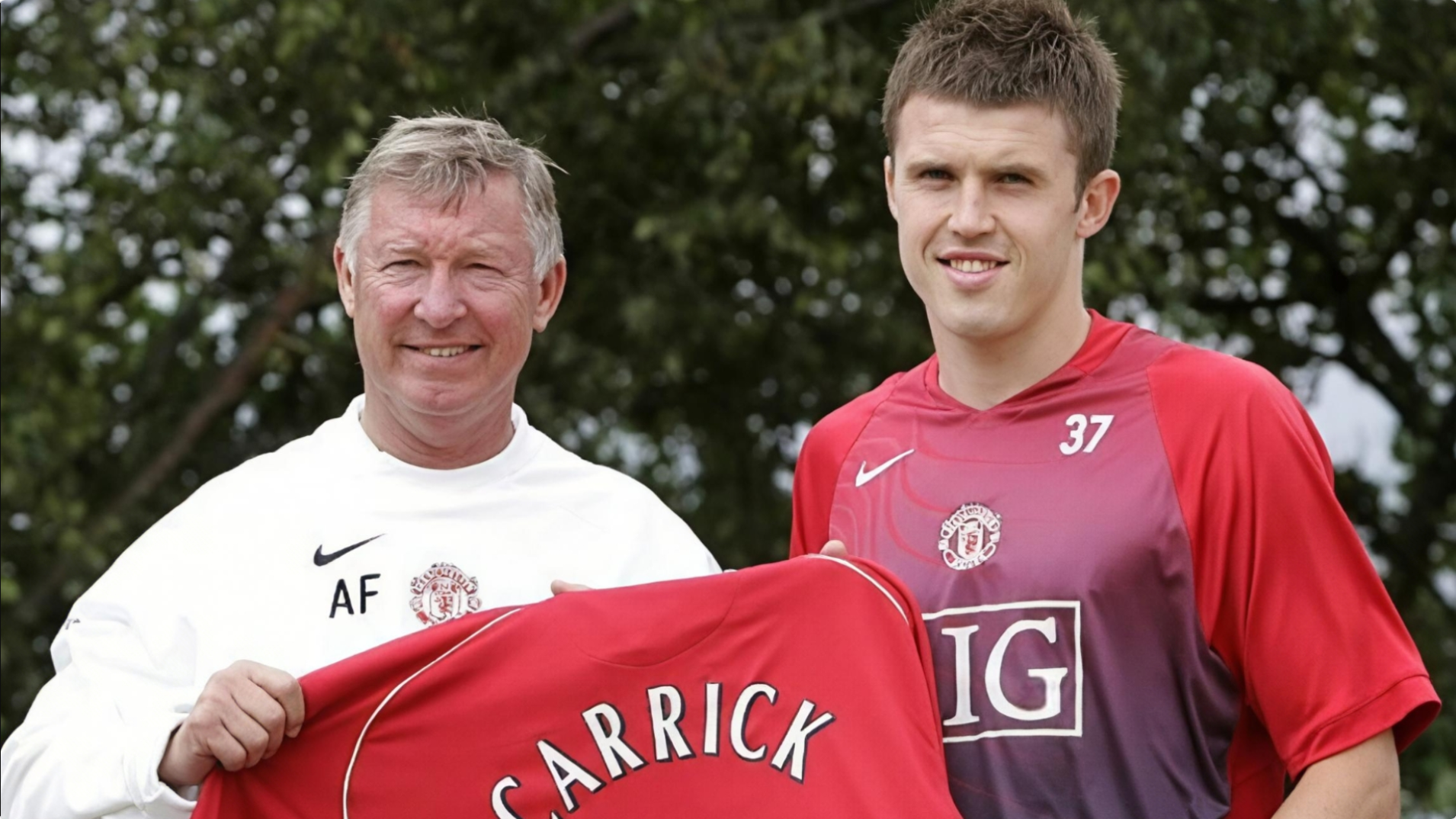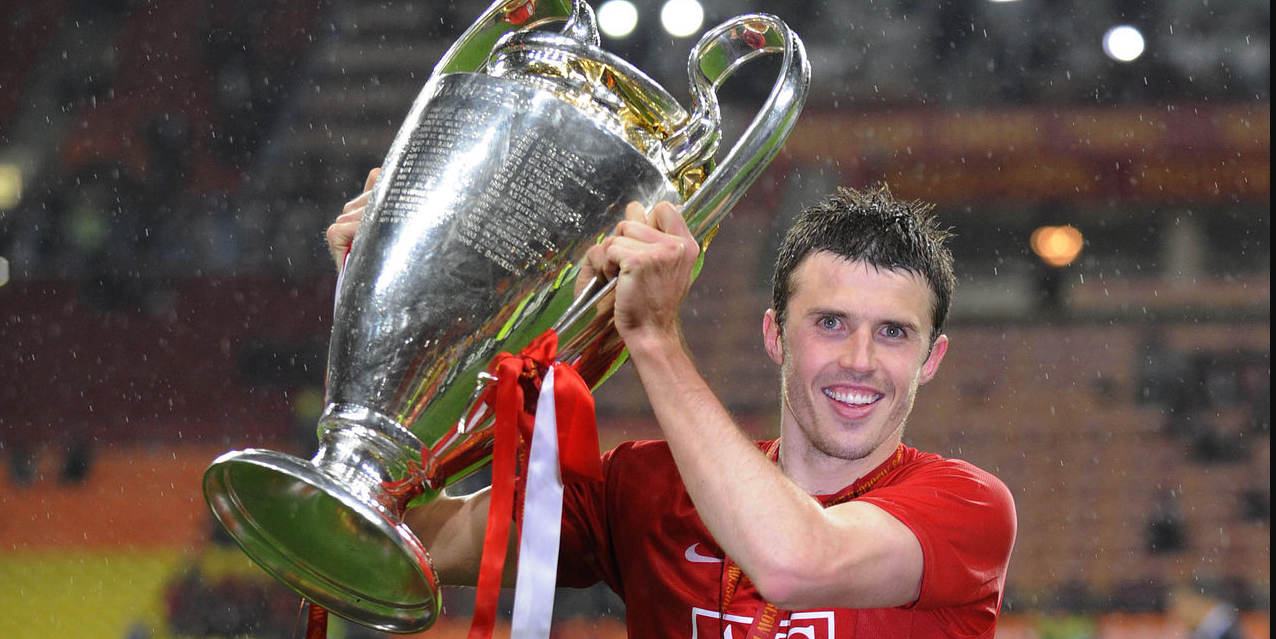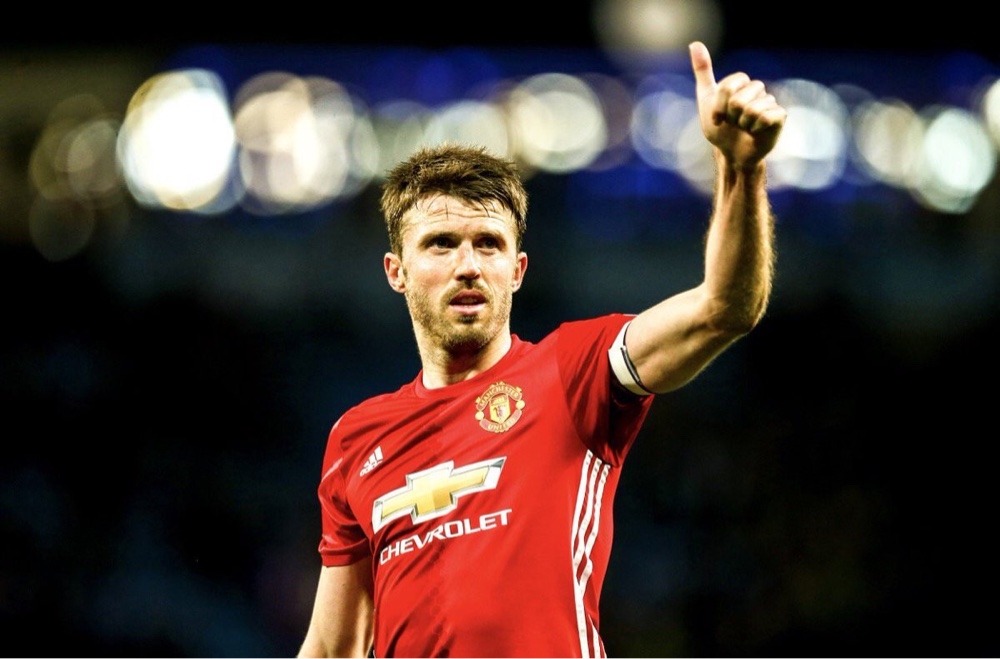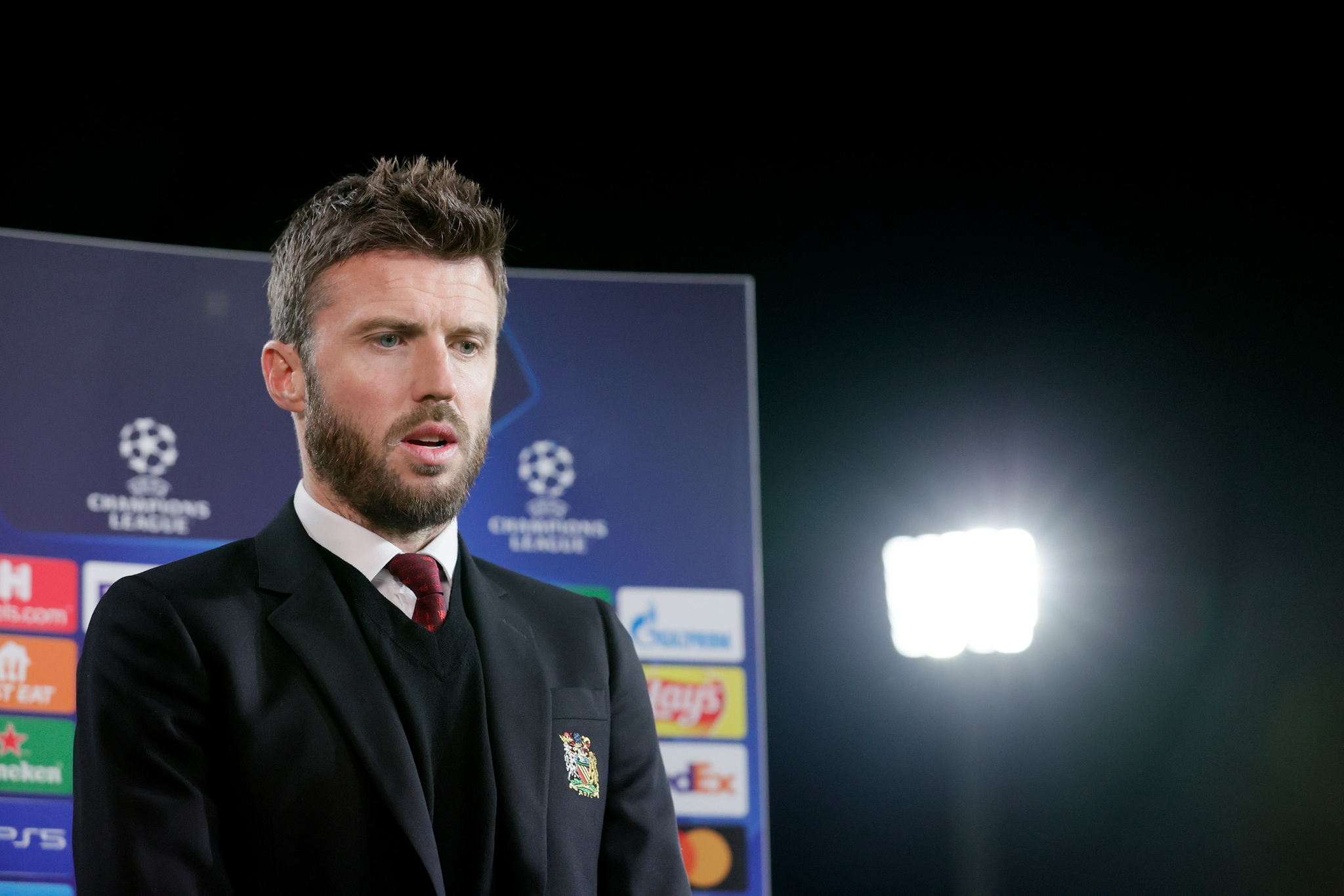
2006: Michael Carrick’s Manchester United Debut – A Tactical Pivot and Era-Defining Moment
When Michael Carrick lined up for Manchester United’s 2006-07 Premier League opener at Charlton Athletic on August 24, he carried a burden far heavier than the £18.6m price tag around his shoulders. Ten months earlier, Roy Keane—United’s iconic captain, midfield enforcer, and spiritual heartbeat—had departed Old Trafford after a career-defining 12 years. The void left by Keane’s combative leadership and relentless intensity was seismic, and Ferguson’s search for a successor had become a defining narrative of United’s off-season. Carrick, the understated technician signed from Tottenham, was not merely a new signing; he was a bet on a radical tactical evolution.
A Midfield in Transition: From Steel to Silk
Keane’s United midfield was built on dominance through intimidation. His tackles were bone-rattling, his voice a constant roar, and his positional awareness made him the team’s defensive shield and emotional compass. By 2006, however, football’s tactical landscape was shifting. Barcelona’s tiki-taka revolution was gathering pace, and Ferguson—ever the visionary—recognized that brute force alone would no longer suffice. He needed a midfielder who could control games rather than just dominate them.
Carrick’s debut against Charlton laid bare this strategic pivot. Where Keane would have charged into challenges, Carrick opted for anticipation. He completed 87 passes (a then-season-high for a United debutant) with 92% accuracy, orchestrating play from deep with a calmness that defied the occasion. His signature move—a diagonal switch from right to left, bypassing Charlton’s mid-block to find Cristiano Ronaldo—became a blueprint for United’s attacking rhythm that season. This wasn’t just passing for passing’s sake; it was tactical engineering, turning defensive possession into instant transition opportunities.

Defensive Discipline: Redefining the "Holding" Role
Carrick’s performance also redefined what it meant to be a "holding midfielder" at United. Keane’s defensive contributions were visceral—11 tackles per game, blood and thunder—but Carrick’s were cerebral. Against Charlton, he made 7 interceptions and 5 successful blocks, not through brute strength but by reading passing lanes and cutting off supply to Charlton’s forwards, Darren Bent and Marcus Bent. His positional discipline allowed Paul Scholes to push forward into the half-spaces, a dynamic that would yield 14 goals for Scholes that season.
Ferguson later noted, "Michael doesn’t need to tackle like Roy because he sees the game three steps ahead." This prescience was critical. Charlton, under Iain Dowie, relied on quick counterattacks, but Carrick’s ability to snuff out transitions at source neutralized their threat. The 3-0 scoreline flattered United, but Carrick’s influence was the unspoken reason for their dominance.

A Catalyst for Silverware: The Debut That Launched a Dynasty
United’s victory at The Valley was more than a routine opening-day win; it was the first step in a season that would reaffirm their dominance. With Carrick anchoring midfield, United lost just 5 league games, conceded only 27 goals (their best defensive record in five years), and clinched the Premier League title by six points. Carrick’s 33 league appearances that season were not just consistent—they were transformative. His partnership with Scholes and later Owen Hargreaves formed a midfield trio that combined creativity, steel, and tactical flexibility, culminating in the 2008 Champions League triumph.
What made Carrick’s debut so era-defining was its symbolism. Here was a player who rejected the "Keane 2.0" label and instead carved out a new identity: the quiet conductor, the metronome, the player who made United’s midfield smarter. His style became a template for modern midfield play at Old Trafford, influencing later signings like Ander Herrera and Scott McTominay, who prioritized composure under pressure over physicality.

Legacy Beyond the Pitch
In hindsight, Carrick’s Charlton performance was a masterclass in adaptation. He arrived at a club reeling from the loss of a legend and delivered not a replication of the past, but a vision of the future. His 12-year United career—yielding 5 Premier League titles, 1 Champions League, and 441 appearances—would be built on the same qualities he displayed that August afternoon: intelligence, consistency, and an innate understanding of how to make those around him better.
For Ferguson, Carrick’s debut validated a risky philosophy: that football’s evolution demanded reinvention, even at a club steeped in tradition. For United fans, it marked the birth of a new kind of hero—one whose greatness lay not in grand gestures, but in the quiet, relentless perfection of his craft. And for football as a whole, it was a reminder that true midfield brilliance isn’t measured in tackles or screams, but in the ability to make the impossible look routine, one pass at a time.




